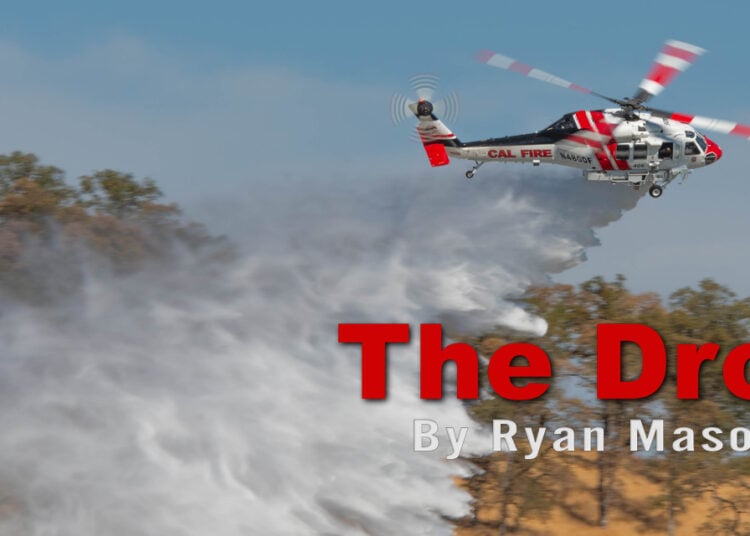As the new fire season approaches, I know I'm not the only one expecting a busy one. Busy is good for businesses that work in the industry but bad for those at the other end of wildfires.
I know that we all take safety very seriously. Companies have spent days, weeks, and months preparing for this fire season, be it maintenance of aircraft, training new staff, retraining and giving recurrent training to existing staff, and ensuring that all of the regulations are followed. I know legislatively, it's been quite a complex here with some of the new rules that have been pushed towards the aerial firefighting industry. Although some of it may have been a little quickly planned and not well thought out for the sector, which was evidenced later when things were not followed through.
In March, part of the travel I did was to Heli-Expo in Dallas, Texas and the Aerial Firefighting North America show in San Diego, California put on by Tangent Link, which you will see a full write-up for in this issue. The AFFNA show was the first post covid for Tangent Link and by all accounts, was a resounding success for the company after a several year forced hiatus. It was great to once again see so many familiar industry faces and renew many professional connections at the show. The location along with the fantastic weather in southern California made it an even better experience for all of us that attended and backed up the need for a show of this nature, not just for the networking aspect, but for the session content and professional learning opportunities and sharing of best practices from around the country and the world in aerial firefighting.
Heli-Expo was another show that returned after a year off due to covid and offered a little less in the weather department for all of us, with snow flurries and very cold temps that are less common in Texas. Weather aside, the show was about a mile of everything helicopter, with a strong showing from the aerial firefighting world, including Milestone bringing in an S-92 with Helitak’s newest prototype tank attached, that, when certified, will allow for the S-92 to add aerial firefighting to its mission capabilities, along with maintaining its passenger carrying capacity that will allow for the helicopter to also function as a troop carrier to move ground firefighters when needed unlike other large tank aircraft currently in operation in the industry.
Another interesting addition that is awaiting certification that I had a chance to experience was Standard Aero’s new four axis autopilot for the Airbus AS-350 range. Once certified, this will add a layer of safety for the type 3 helicopter that is not currently in existence. During a test flight at the show, I was given a run down of the system that for someone with minimal Astar time, was a game changer. For those of you familiar with the aircraft, know that you dance on the pedals during landing a lot. It was quite alien for me to land with my feet on the floor. This system along with many others on the floor of the show will hopefully increase safety within the industry over the next several years as they make their way through certification.
As many of you probably already know, I talk about safety a lot. I am pretty passionate about it because I have lost enough friends, and I hope that the information in the magazine might make a difference one day. Be it safety or something else, a driving factor for me is giving our readers worthwhile information. It could be information on a new segment of the industry that could be an opportunity, or it could be your photo we published from a fire. Whatever that draw is, I hope it continues, and I hope that we continue to be your trusted resource in the industry.
Just like when I first joined the aviation industry as a flight student, I hope that you look forward to each issue arriving as much as we do putting the final touches on each magazine.






